Overview
Nepalese Army Institute of Health Sciences – College of Medicine (NAIHS-COM) is a medical college established under the Welfare Fund of the Nepali Army with a non-profit mandate. The college was conceptualized in the late 2060s B.S. to expand access to quality medical education for the children of serving and retired army personnel and for the wider public, while strengthening the country’s health system through structured medical, public health, and laboratory science education.
Located at Sanobharyang, Bhandarkhal in Kathmandu, NAIHS-COM runs undergraduate, postgraduate, super-speciality, and fellowship programs in close academic collaboration with the Institute of Medicine (IOM), Tribhuvan University. Its teaching hospital, Shree Birendra Hospital at Chhauni, functions as a large tertiary-level army and referral hospital, providing real clinical exposure from early years of study.
Over the years, NAIHS-COM has emerged as a structured learning environment where medical education, military discipline, and public service come together. The college now hosts multiple batches at different levels – MBBS, Bachelor of Public Health (BPH), Bachelor of Medical Laboratory Technology (BMLT), MD/MS, DM/MCh, and fellowship programs – and has already produced hundreds of doctors and specialists working in Nepal and abroad.
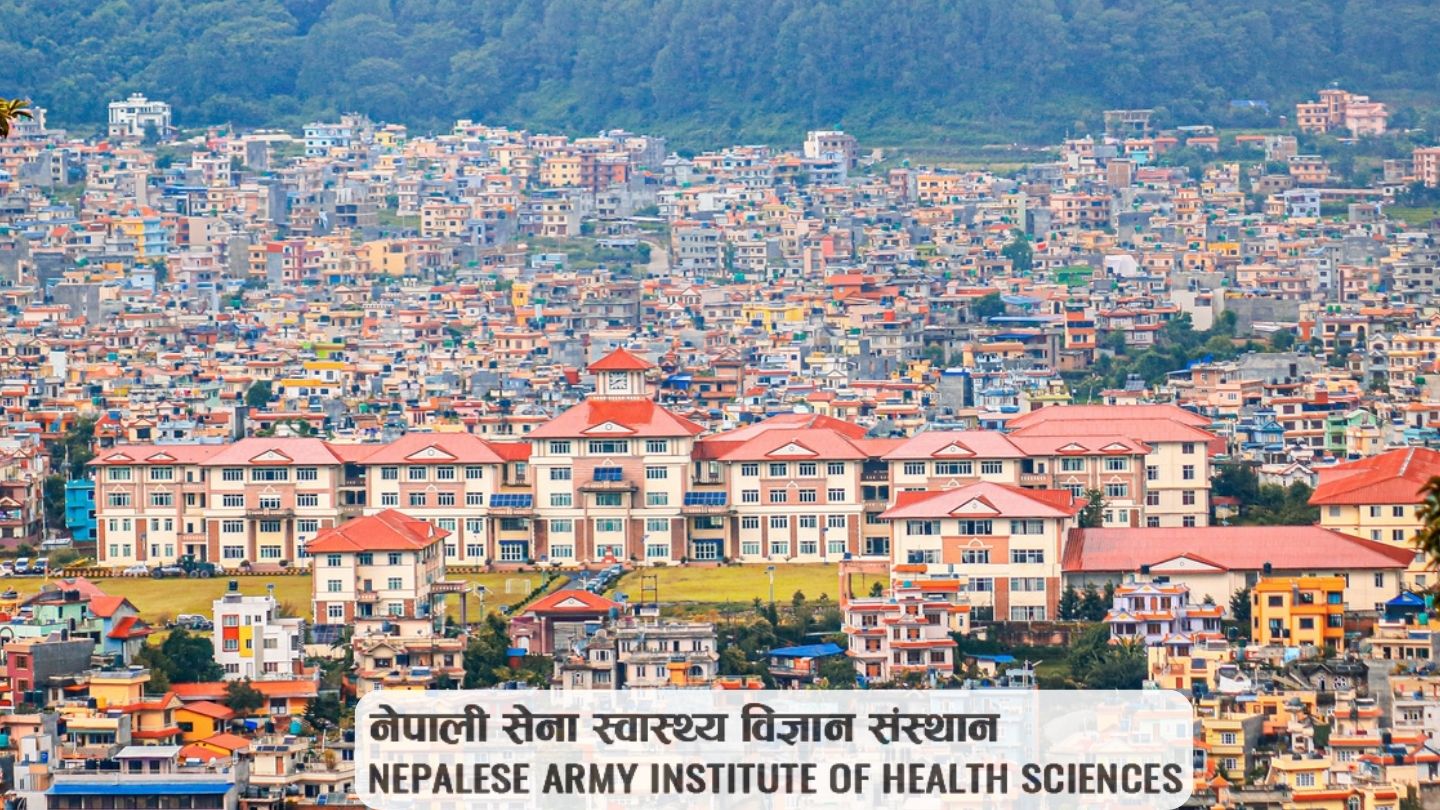
Quick Highlights
-
Name: Nepalese Army Institute of Health Sciences – College of Medicine (NAIHS-COM)
-
Type: Non-profit medical education institution under the Welfare Fund of Nepali Army
-
Location: Sanobharyang / Bhandarkhal, Kathmandu; teaching hospital at Chauni, Kathmandu
-
Governance: Managed by the Directorate of Welfare Planning, Nepali Army, with an advisory committee led by the Chief of Army Staff (COAS)
-
Affiliation: Institute of Medicine (IOM), Tribhuvan University
-
Recognition: Medical Education Commission (MEC), Nepal Medical Council (NMC), Nepal Health Professional Council (NHPC), and other statutory councils
-
Academic Start of MBBS: 2011 A.D. (2068 B.S.), 5.5-year program including one-year rotating internship
-
Undergraduate Programs: MBBS, BPH, BMLT (through NAIHS-COM); additional bachelor programs through sister colleges of NAIHS
-
Postgraduate Programs: MD/MS in multiple clinical and basic science disciplines; DM/MCh in selected super-specialities; fellowship in Arthroscopy and Sports Medicine
-
Teaching Hospital: Shree Birendra Hospital (SBH), 635-bed tertiary army and referral hospital at Chauni, Kathmandu
-
Target Groups: Children of regular and retired army personnel, dependents of personnel who died in the line of duty or are fully disabled, and general public under fixed quotas
Historical Background and Governance
The idea of NAIHS arose from the Nepali Army’s internal assessment that the country needed more trained health professionals and that the children of army personnel often faced limited access to medical education because of costs and competition. To respond to this gap, the foundation stone of the institute was laid by then Chief of Army Staff (COAS) General Chhatra Man Singh Gurung on 2067/08/02 B.S.
The formal inauguration took place on 10th Jestha 2069 B.S. (23 May 2012 A.D.) by the then Right Honorable President of Nepal, Dr. Ram Baran Yadav. That date is now marked as the institute’s annual day.
NAIHS-COM operates under the Directorate of Welfare Planning of the Nepali Army. An advisory committee formed from relevant directorates of the army, chaired by the COAS, provides strategic guidance. This structure links academic and clinical activities at NAIHS with national security and welfare priorities, while still ensuring adherence to national medical education regulations and university norms.
The non-profit character of NAIHS means that revenue from tuition and services is reinvested into infrastructure, teaching, and welfare schemes rather than distributed as profit. This approach aligns with the Welfare Fund’s objective of long-term benefit for army families and contributes to sustained investment in quality teaching and hospital services.
Affiliation, Accreditation, and Recognition
NAIHS-COM is academically affiliated with the Institute of Medicine (IOM), Tribhuvan University – Nepal’s oldest university and a key public institution in health sciences education. All degree programs at NAIHS-COM follow IOM curricula and examination systems, which are recognized nationally and internationally.
Programs are approved and quality-assured by the Medical Education Commission (MEC), the apex regulatory body for health professions education in Nepal. Professional recognition comes from:
-
Nepal Medical Council (NMC) – for MBBS, MD, MS, DM, and MCh
-
Nepal Health Professional Council (NHPC) – for allied health programs such as BMLT
-
Other relevant councils for specific disciplines where required
These connections ensure that graduates can register with professional councils, sit for national licensing examinations, and, subject to host-country rules, pursue recognition abroad.
Academic Programs Offered - TU Affiliation
| Program Name | Seats | Fees (NPR) |
|---|---|---|
| MBBS | 100 | 4,168,090 |
| Bachelor in Medical Laboratory Technology (BSc MLT) | 12 | 777,000 |
| Bachelor of Public Health (BPH) | 20 | 777,000 |
| DM Cardiology | 1 | — |
| DM Critical Care Medicine | 1 | — |
| MCh Urology | 1 | — |
| MS General Surgery | 4 | 2,381,760 |
| MD Microbiology | 1 | 1,085,870 |
| MD Clinical Physiology | 2 | 1,085,870 |
| MD Clinical Pharmacology | 2 | 1,085,870 |
| MD in Radio Diagnosis | 3 | 2,381,760 |
| MD in Psychiatry | 2 | 2,381,760 |
| MD in Ophthalmology | 2 | 2,381,760 |
| MD in Obstetrics and Gynaecology | 4 | 2,381,760 |
| MS Clinical Anatomy | 2 | 1,085,870 |
| MD General Practice (MDGP) | 2 | 2,381,760 |
| MS in Orthopaedic and Trauma Surgery | 4 | 2,381,760 |
| MD Internal Medicine | 6 | 2,381,760 |
| MD Dermatology | 3 | 2,381,760 |
| MD Anaesthesiology | 4 | 2,381,760 |
| MD Pathology | 4 | 2,381,760 |
| MD Paediatrics | 4 | 2,381,760 |
| MS Clinical Otorhinolaryngology and Head and Neck Surgery | 2 | 2,381,760 |
Undergraduate Programs
MBBS (Bachelor of Medicine, Bachelor of Surgery)
-
Program length: 5.5 years, including one-year compulsory rotating internship
-
Academic start at NAIHS: 29 Mangsir 2068 B.S.
-
Annual intake: 100 students (as per MEC and IOM approval)
-
Total admitted so far: 14 batches with 1,495 students
-
Graduates: 7 batches, 755 MBBS graduates up to the latest reported data
The MBBS curriculum follows the integrated system of IOM, combining basic medical sciences and clinical exposure from the early years. Students build a concept-based understanding of anatomy, physiology, biochemistry, pathology, pharmacology, microbiology, community medicine, and forensic medicine along with systematic clinical rotations at Shree Birendra Hospital and other linked sites.
BPH (Bachelor of Public Health)
-
Program length: 4 years
-
Start at NAIHS-COM: 20 Mangsir 2078 B.S.
-
Annual intake: 20 students
-
Total admitted: 4 batches, 92 students
The BPH program introduces epidemiology, biostatistics, health policy, health promotion, environmental health, and health systems management, with a strong field component. The Department of Community Medicine coordinates classroom teaching and field postings that expose students to provincial hospitals, health offices, and community-based health programs.
BMLT (Bachelor of Medical Laboratory Technology)
-
Program length: 4 years
-
Start at NAIHS-COM: 20 Mangsir 2078 B.S.
-
Annual intake: 12 students
-
Total admitted: 4 batches, 58 students
BMLT students train in hematology, clinical biochemistry, clinical microbiology, histopathology, immunology, and emerging diagnostic technologies. Teaching takes place in the basic science laboratories and the diagnostic units of Shree Birendra Hospital, preparing graduates for work in hospital laboratories and reference labs.
Through NAIHS as a broader institution, students also find academic pathways into nursing, polytechnic certificate programs, and other health sciences via the College of Nursing and the College of Medical Polytechnic, though those fall under separate academic units.
Postgraduate (MD/MS) Programs
NAIHS-COM offers 3-year postgraduate training (MD/MS) in multiple specialties of medicine and surgery and in selected basic science disciplines.
-
Postgraduate start: 1 Jestha 2075 B.S.
-
Total postgraduate students admitted so far: 248
-
Graduating batches: 4 batches of MD/MS, 147 graduates
Postgraduate training combines supervised clinical responsibilities at Shree Birendra Hospital with structured seminars, journal clubs, case presentations, inter-departmental clinico-pathological-radiological conferences, and research projects. Departments such as Pathology, Pharmacology, Microbiology, Community Medicine, Physiology, and clinical disciplines guide residents through both service and academic work.
DM/MCh Super-Speciality Programs
NAIHS-COM has initiated DM and MCh programs that offer advanced tertiary-level training beyond MD/MS.
Approved DM programs:
-
Cardiology
-
Critical Care Medicine
Approved MCh program:
-
Urology
The first DM Cardiology and MCh Urology candidates joined in 2081 B.S., marking a step forward in super-specialist training within an army-managed institution. The college plans to expand DM/MCh seats to additional disciplines in line with national needs and regulatory approvals.
Fellowship Programs
NAIHS-COM has launched fellowship training in Arthroscopy and Sports Medicine, under official recognition of the Nepal Medical Council. This program strengthens expertise in minimally invasive orthopaedic procedures and sports injury management, adding another layer of advanced training to the institution’s academic ladder.
Admission Process
Admission procedures at NAIHS-COM follow the rules of the Medical Education Commission (MEC) and Tribhuvan University. Candidates, whether aiming for MBBS, BPH, BMLT, MD/MS, DM/MCh, or fellowship programs, must monitor MEC and NAIHS notices for the latest eligibility criteria and timelines.
For MBBS and other undergraduate programs in medicine and allied health sciences, the general pattern includes:
Meeting academic eligibility
-
Completion of higher secondary or equivalent (such as 10+2, A-Level, or other recognized qualifications) with prescribed science subjects and minimum marks as defined by MEC.
Sitting for MEC entrance examination
-
Candidates apply for the national integrated entrance exam organized by MEC and select NAIHS-COM among their preferred institutions according to the year’s procedures.
Quota-wise selection
-
Seats are divided into quotas for children of regular and retired army personnel, dependents of army personnel who died in the line of duty, dependents of fully disabled personnel, and general public. Final selection within each quota follows MEC merit lists and NAIHS rules.
College-level process
-
After seat allocation, NAIHS-COM conducts document verification, medical fitness assessment, orientation, and formal registration.
For MD/MS and DM/MCh programs, the structure is similar, with eligibility based on prior MBBS and MD/MS degrees, registration with Nepal Medical Council, and success in the relevant MEC postgraduate exam.
Prospective international students and Nepali students studying abroad need to follow MEC’s guidance on equivalence, eligibility, and visas, in addition to NAIHS rules. Because regulations evolve, applicants should always cross-check with the latest notices from MEC, NAIHS, and Tribhuvan University at the time they apply.
Teaching Faculty and Learning Methodology
NAIHS-COM draws its faculty from senior officers of the Nepal Army Medical Corps as well as civilian academicians. Many hold postgraduate and super-specialist qualifications from Tribhuvan University, AFMC Pune, universities in Bangladesh, India, Pakistan, Russia, and other countries. A series of principals and senior professors have guided the college since its inception, including Prof. Dr. Shiva Bahadur Basnet, Prof. Dr. Rajesh Panth, Prof. Dr. Brajendra Srivastava, and others.
Teaching and learning at NAIHS-COM follow the integrated and community-oriented curriculum of IOM:
-
Large-group lectures supported by multimedia teaching
-
Practical sessions in anatomy, physiology, biochemistry, microbiology, pathology, pharmacology, forensic medicine, and community medicine
-
Problem-based learning (PBL) sessions where small groups analyse clinical scenarios
-
Correlation seminars linking basic science theory to bedside practice
-
Regular formative and summative assessments, including theory exams, practicals, viva voce, and internal assessments
-
Journal clubs, case conferences, and research seminars, especially at postgraduate level
Departments highlight student-centered elements in their work. For example:
-
Anatomy organizes dissection hall sessions, histology practicals, cadaveric oaths, and museum-based teaching with preserved specimens and models.
-
Biochemistry adopts case-based exercises, laboratory demonstrations, and a molecular research lab to link biochemical testing with clinical decision-making.
-
Community Medicine combines classroom learning with field visits to conduct community diagnosis, family health exercises, and health service management studies in collaboration with local bodies.
-
Pathology and Microbiology connect classroom teaching with diagnostic services at Shree Birendra Hospital, exposing students to real specimens, slides, and laboratory data.
-
Pharmacology publishes “Charaka – NAIHS Drugs and Therapeutics Bulletin” and runs sessions on rational prescribing and drug safety.
This structure aims to develop not only conceptual understanding but also clinical judgment, communication skills, ethical orientation, and research habits.
Infrastructure and Learning Facilities
Basic Science Complex and Campus Facilities
The NAIHS-COM basic science complex in Bhandarkhal houses the first two years of MBBS and related programs. Key facilities include:
-
Multimedia lecture halls with projection systems and sound support
-
A large dissection hall, capable of accommodating around 150 students, with preparation rooms, cadaver tanks, and tools for cross-sectional and regional anatomy teaching
-
Histology laboratories with binocular and penta-head microscopes
-
Pathology demonstration halls with multiple microscopes, prepared slides, gross specimens, and integrated museum spaces
-
Biochemistry, Microbiology, and Physiology laboratories with equipment for hematology, ECG, spirometry, neurophysiology, and other investigations
-
Departmental libraries, seminar rooms, PBL rooms, and faculty rooms across departments
-
Museums for anatomy, pathology, forensic medicine, and community medicine with charts, models, toxicology gardens, and demonstration materials
The campus environment brings together army and civilian students, offering exposure to disciplined routines, parade grounds, and the broader physical setting of an army institution, while still functioning as a university medical college open to the public.
Shree Birendra Hospital (SBH): Teaching Hospital
Shree Birendra Hospital at Chauni, Kathmandu, is the main teaching hospital for NAIHS-COM. Established in 1990, SBH is a 635-bed tertiary and referral hospital under the Nepal Army Medical Corps.
SBH provides:
-
Emergency care
-
Inpatient and outpatient services in major clinical disciplines
-
Surgical, obstetric, paediatric, medical, and psychiatric services
-
Diagnostic facilities including radiology, pathology, microbiology, and biochemistry
-
Rehabilitation services through a dedicated rehabilitation centre adjacent to NAIHS College of Nursing
For students, SBH is the main site for clinical postings, ward rounds, operation theatre exposure, outpatient clinics, emergency room postings, and on-call duties during internships and postgraduate training. This continuity helps students understand the full chain from basic science understanding to applied clinical decisions.
Student Life and Campus Experience
Life at NAIHS-COM is shaped by its position within an army-run institution combined with a university academic culture. Students follow a regular timetable of classes, labs, clinical postings, and self-study, with clear expectations regarding attendance, punctuality, and conduct.
Sports and physical activity receive explicit support. The Principal’s message highlights the belief that a healthy body helps maintain a creative and focused mind, and sports events are organised regularly for students.
Students interact with peers from medicine, nursing, paramedical, and postgraduate programs. This mix allows early exposure to team-based care models, where doctors, nurses, laboratory professionals, and public health practitioners collaborate.
The website and institutional communications function not only as notice boards but also as archives of academic events, research updates, and photo galleries, giving students and alumni an ongoing connection with the college community.
Extracurricular Activities (ECA) and Community Engagement
Beyond formal teaching, departments and committees at NAIHS-COM conduct a range of academic and social activities:
-
Awareness programs on conditions such as hypertension, cancer, and infectious diseases in communities and within the institute
-
School health programs and public events on days like World Health Day and World Alzheimer’s Day
-
Community health diagnosis exercises, family health visits, and health service management postings coordinated by Community Medicine
-
Research methodology, data management, and manuscript-writing workshops
-
Health camps in selected field practice areas
-
Seminars and continuing medical education sessions led by different departments
These activities expose students to real-world public health issues, encourage interaction with local government units, and build practical skills in communication, team work, and leadership.
Scholarships and Financial Support
As a non-profit institution established by the Welfare Fund of the Nepali Army, NAIHS-COM follows a structured seat distribution with quotas for:
-
Children of regular army personnel
-
Children of retired army personnel
-
Children of army personnel who died in the line of duty
-
Dependents of fully disabled army personnel
-
General public
The Welfare Fund and the non-profit mandate help keep a portion of seats available at rates reflecting welfare objectives. In addition, national scholarship schemes managed by MEC and government bodies may allocate specific seats or support for MBBS, BPH, and other programs at NAIHS-COM, depending on the year’s policy.
Need-based support can vary from batch to batch. For exact details on tuition fees, fee waivers, instalment facilities, and scholarship seats for any given year, applicants must consult updated official notices from NAIHS, MEC, and Tribhuvan University.
Achievements and Institutional Milestones
Since its inception in 2010 A.D., NAIHS-COM has reached several milestones:
-
Fourteen batches admitted into MBBS and seven batches already graduated, contributing a large number of doctors to the national workforce
-
Multiple MD/MS graduates working as specialists in army hospitals and civilian institutions
-
Introduction of DM and MCh programs in Cardiology, Critical Care Medicine, and Urology, signalling a move into super-speciality training
-
Launch of fellowship training in Arthroscopy and Sports Medicine under NMC recognition
-
Growth of departmental research outputs, with several departments (Pathology, Community Medicine, Biochemistry, Microbiology, etc.) publishing papers and developing research labs
-
Expansion of Shree Birendra Hospital into a major tertiary care centre with a 635-bed capacity and wide service coverage
These developments show steady academic growth combined with service to army families and civilians.
Why Choose Nepalese Army Institute of Health Sciences – College of Medicine?
Prospective students, parents, and planners may consider NAIHS-COM for several reasons:
-
Public Mandate with Non-Profit Orientation - NAIHS-COM belongs to the Welfare Fund of the Nepali Army, with a core purpose rooted in service rather than profit. Investments go into teaching facilities, hospital upgrades, and welfare of the army community and students.
-
Strong Affiliation and Recognition - Affiliation with IOM, Tribhuvan University and recognition by MEC, NMC, and other councils provide academic credibility and professional registration pathways.
-
Structured Clinical Exposure - The integrated link with Shree Birendra Hospital gives early and continuous exposure to hospital work, including emergencies, critical care, and subspeciality services.
-
Complete Academic Ladder - Students can start from MBBS or allied undergraduate programs and progress to MD/MS, DM/MCh, and fellowship training within the same institutional ecosystem, subject to selection and regulatory rules.
-
Discipline and Professional Ethics - The army environment reinforces punctuality, responsibility, teamwork, and respect for hierarchy, all of which are important for medical practice.
-
Community and Public Health Orientation - Through field postings, community diagnosis, and partnerships with government agencies, students develop an understanding of health systems, primary care, and public health challenges in Nepal.
-
Research and Academic Development - Many departments run research projects, maintain departmental libraries, and support seminars and journal clubs. This helps students develop habits of critical appraisal and evidence-informed practice.
Conclusion
NAIHS College of Medicine represents a distinctive model in Nepal’s health education landscape: a non-profit medical college embedded in the Nepali Army structure, linked to a major tertiary hospital, and academically rooted in Tribhuvan University’s Institute of Medicine.
Through MBBS, BPH, BMLT, MD/MS, DM/MCh, and fellowship programmes, NAIHS-COM contributes to the supply of doctors, public health professionals, and laboratory scientists who serve both military and civilian populations. Students learn within a disciplined, research-aware, and service-focused environment where academic standards, clinical competence, and social responsibility move together.
Frequently Asked Questions (FAQs)
1. Where is NAIHS College of Medicine located?
NAIHS-COM is based at Sanobharyang / Bhandarkhal in Kathmandu for basic science teaching, with its main teaching hospital, Shree Birendra Hospital, located at Chauni, Kathmandu.
2. Which university is NAIHS College of Medicine affiliated with?
NAIHS-COM is academically affiliated with the Institute of Medicine (IOM), Tribhuvan University. Degrees are awarded under Tribhuvan University regulations and follow IOM curricula.
3. What are the main programs offered by NAIHS College of Medicine?
The college offers MBBS, Bachelor of Public Health (BPH), and Bachelor of Medical Laboratory Technology (BMLT) at undergraduate level, MD/MS at postgraduate level, DM/MCh in selected super-specialities, and fellowship training in Arthroscopy and Sports Medicine. Other programs, such as nursing and polytechnic diplomas, are provided through sister colleges under NAIHS.
4. How are admissions carried out for MBBS and other degrees?
Admissions follow the rules of the Medical Education Commission (MEC) and Tribhuvan University. Candidates must meet academic eligibility criteria, sit for the relevant MEC entrance examinations, and then compete for seats within the categories (army quotas and general public) announced for that year. College-level registration takes place after MEC allocates seats and documents are verified.
5. Who can apply under army quotas?
Seats are reserved for children of regular and retired army personnel, dependents of personnel who died in the line of duty, and dependents of fully disabled army personnel. Exact proportions and conditions are published in official NAIHS and MEC notices for each intake year.
6. What is the teaching hospital for NAIHS College of Medicine?
Shree Birendra Hospital (SBH) at Chauni is the primary teaching hospital. It is a 635-bed tertiary and referral facility that serves army personnel, their families, NAIHS staff, and civilian patients as per institutional policy.
7. Does NAIHS provide hostel facilities?
The institute provides hostel accommodation for undergraduate students, located close to academic blocks and the hospital. Details of hostel allocation, rules, and fees are shared with admitted students during orientation and in official notices.
8. Is NAIHS College of Medicine open to international students?
International applicants may be eligible, depending on Medical Education Commission regulations for foreign or non-resident students. They need to satisfy equivalence requirements, entrance examination rules, and visa-related provisions applicable for that academic year. Interested candidates should consult MEC and NAIHS announcements for the latest guidance.
Contact the Nepalese Army Institute of Health Sciences (NAIHS) College's administrative office for detailed information on the course, admissions, location, fees, scholarships, facilities, counseling, or eligibility.
Contact Address
Location: Bhandarkhal, Sanobharyang, Swoyambhu, Kathmandu
Phone: +977-1-4881259
Email: info@naihs.edu.np
Website: http://www.naihs.edu.np



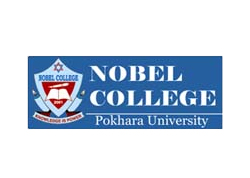
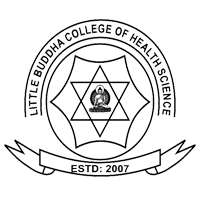
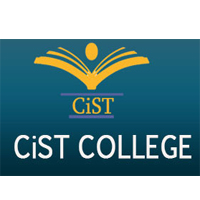

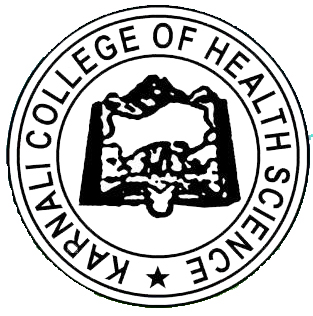
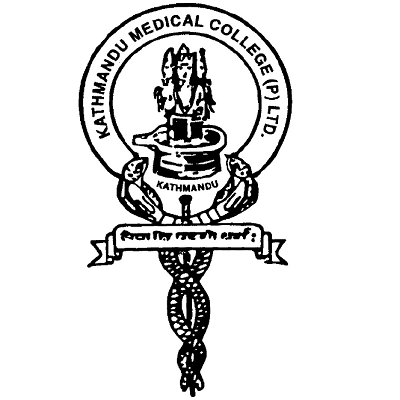

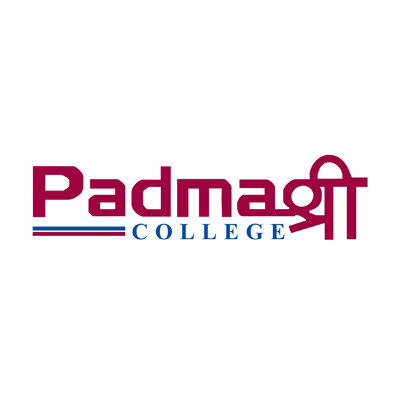
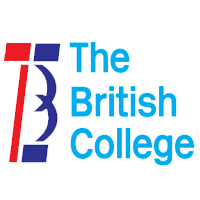
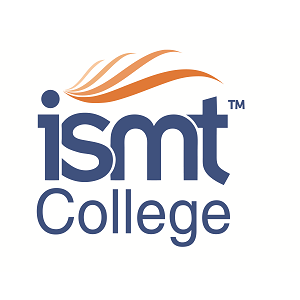

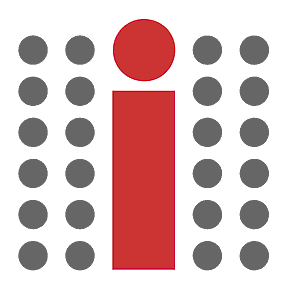




You need to login to comment.